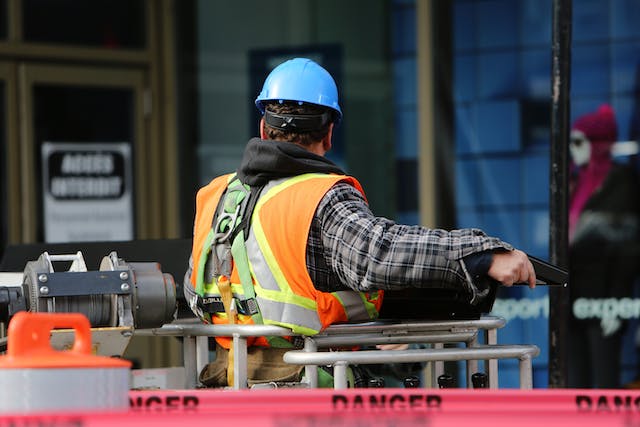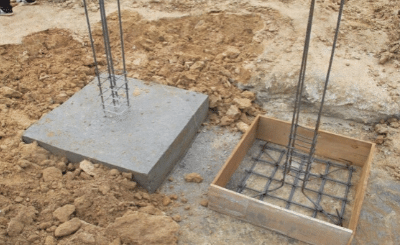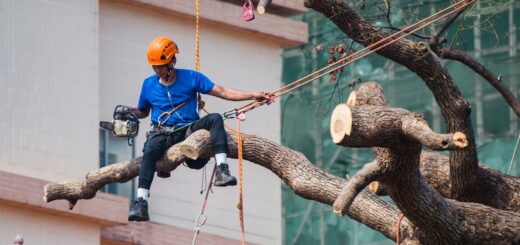Site Safety in Construction Projects
Site safety is a paramount concern in the construction industry. The construction sector is notorious for its high-risk nature, which includes various hazards and potential accidents. This article explores the critical aspects of site safety in construction projects, including common hazards, safety equipment, training, technology, and fostering a safety culture within the construction workforce.
Common Safety Hazards
Falls from Heights
Falls from heights remain one of the most significant safety concerns in construction. To prevent such accidents, it’s crucial to establish safe work practices, inspect and maintain equipment regularly, and provide comprehensive training for workers on the correct use of safety harnesses and fall arrest systems. Additionally, guardrails and safety nets should be installed around elevated work areas, and warning signs should alert workers to potential fall hazards.
Struck by Objects
Accidents involving being struck by objects can be mitigated through careful planning and proper training. Implementing designated drop zones for materials and equipment can help reduce the risk of objects falling unpredictably. Workers should also be vigilant about wearing personal protective equipment (PPE), such as hard hats and safety goggles, to protect themselves from potential head injuries and flying debris.
Electrocution
Electrical accidents are a serious threat in construction. To enhance safety, it’s essential to isolate and secure electrical sources, implement a lockout/tagout system, and ensure that only qualified electricians perform electrical work. Workers must be trained to recognize electrical hazards and respond appropriately. Employers should also provide insulated tools and equipment for tasks involving electrical work.
Confined Spaces
Working in confined spaces necessitates a comprehensive approach to safety. Employers should conduct thorough hazard assessments before allowing workers to enter confined spaces. Adequate ventilation systems, lighting, and emergency retrieval equipment should be in place. Workers entering these spaces should be equipped with gas detectors and confined space entry permits. Continuous communication and monitoring are crucial to ensure the safety of workers in these challenging environments.
Image Source: Internet
Role of Safety Equipment
Personal Protective Equipment (PPE)
PPE is the first line of defense against various hazards on construction sites. In addition to the standard equipment like helmets, gloves, goggles, and high-visibility vests, employers should consider specialized PPE when necessary. For example, workers handling chemicals should have access to chemical-resistant suits and eye protection. Employers must also provide training on the proper selection, use, and maintenance of PPE.
Fall Protection Systems
Fall protection systems go beyond just providing harnesses. They should include regular inspections of equipment, anchor points, and lifelines. Additionally, workers must receive hands-on training on the correct use of fall protection systems, including how to inspect their own equipment before each use. Employers should also emphasize the importance of keeping fall arrest systems clean and free from damage.
Electrical Safety Gear
For employees working with electricity, it’s essential to provide insulated tools and safety gear designed to prevent electrical shocks. Employers should mandate the use of voltage-rated gloves and other protective equipment. Regular testing and maintenance of electrical safety gear are crucial to ensure their effectiveness.
Safety Training and Awareness
OSHA Regulations
Compliance with OSHA regulations is a fundamental requirement in construction safety. Beyond compliance, construction companies should invest in continuous safety training programs. Regular OSHA training sessions can help employees stay updated on the latest safety standards and reinforce the importance of following safety procedures.
Regular Safety Meetings
Frequent safety meetings should not be limited to discussing rules and procedures. They should also include interactive safety drills and simulations. These practical exercises help workers internalize safety practices, making them more likely to apply them correctly in real-life situations. These meetings should also create a platform for workers to share their experiences and concerns.
Reporting and Incident Response
Prompt reporting of accidents and near misses is critical to prevent future occurrences. Employers should establish an incident reporting system that encourages workers to report without fear of repercussions. A comprehensive incident response plan should be in place, outlining the steps to be taken after an accident, including providing immediate medical attention and conducting thorough investigations to prevent similar incidents in the future.
Technology in Site Safety
Drones and Surveillance
The use of drones in construction safety has expanded beyond surveillance. Modern drones equipped with thermal imaging can identify potential hazards such as overheating equipment or electrical issues. Drones can also aid in search and rescue operations in case of an accident on the site.
Wearable Safety Devices
Wearable technology is evolving rapidly. Beyond monitoring vital signs, smart helmets and vests can provide real-time data about a worker’s health and fatigue levels. Some can even send automatic alerts to supervisors or safety officers if a worker experiences a fall or becomes incapacitated.Building Information Modeling (BIM)
BIM technology enhances construction site safety by allowing for better planning and visualization of projects. It enables the identification of potential safety issues during the design phase, reducing the risk of design-related accidents. Additionally, BIM can assist in the scheduling of tasks to minimize potential clashes and risks.
Safety Culture in Construction
Leading by Example
Leaders should not only promote safety but also actively engage in safe practices. When workers see management prioritizing safety, they are more likely to follow suit. Leaders should be visible on the construction site, wearing PPE and adhering to safety procedures.
Employee Involvement
Safety is a collective effort, and workers should be encouraged to actively participate in safety initiatives. This involvement can include hazard identification, safety committees, and providing feedback on the effectiveness of safety measures. When employees have a say in safety practices, they are more likely to take ownership of their safety.
Safety Incentives
In addition to involving employees, safety incentives can motivate workers to adhere to safety protocols. Recognizing and rewarding safe practices can boost morale and create a more safety-conscious workforce. Incentives may include bonuses, recognition, or other rewards for maintaining a safe work environment.
In conclusion, site safety in construction projects is of paramount importance. The construction industry is fraught with hazards, and prioritizing safety is not just a legal obligation but a moral one.
By addressing common safety hazards, providing the right safety equipment, offering comprehensive training, leveraging technology, and fostering a strong safety culture, construction companies can ensure that their workers are protected from accidents and return home safely at the end of each day.




